
IAACU Learning Hub
Resources
At IAA Credit Union we strive to build personal relationships that promote smart financial decisions. We hope the resources below help our members expand their financial knowledge and help them utilize our products and services to their full potential.
Plus, check out even more resources from our Partner GreenPath Financial Wellness.
Online & Mobile Banking
IAACU Cards App
Mortgage
IAACU Blog
How To Spot A Credit Card Skimmer
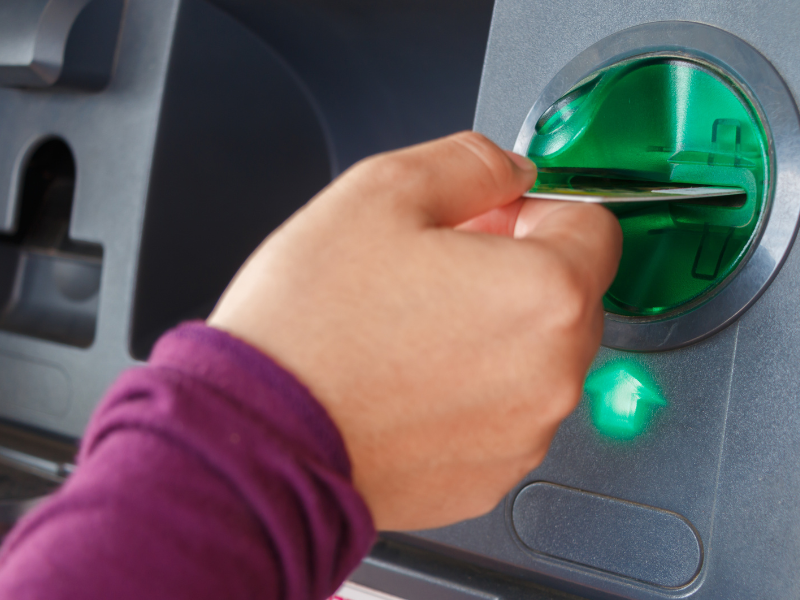
Card skimming theft can affect anyone who uses their credit or debit cards at ATMs, gas stations, restaurants, or retail stores. A skimmer is a device installed on card readers that collects card numbers. Thieves will later recover and use this information to make fraudulent purchases. Skimmers can usually be spotted by doing quick visual or physical inspections before swiping or inserting a card.
Skimmers are most often found at ATMs and gas stations, but it’s possible for retail stores or restaurants to be involved in a skimming scam as well. Sometimes a tiny camera is planted to record cardholders entering a PIN number into an ATM. PIN numbers can also be stolen via fake keypads placed over a real ATM keypad. Skimmers and related technology can be hard to spot because thieves will attempt to make their devices blend in or match the style of the card readers.
How To Check for a Skimmer
Although skimmers can be hard to spot, it’s possible to identify a skimming device by doing a visual and physical inspection.
Before using an ATM or gas pump, check for alignment issues between the card reader and the panel underneath it. Skimmers are often placed on top of the actual card reader making it stick out at an odd angle or cover arrows in a panel. Compare the card reader to others at a neighboring ATM or gas pump and look out for any differences.
Gas pumps should have security tape or stickers over the cabinet panel. If the tape looks ripped or broken, avoid using the card reader because a thief may have tampered with it. Try looking inside the card reader to see if anything is already inserted—if there is, it may be a thin plastic circuit board that can steal card information.
A physical inspection of a card reader and keypad can often reveal fraudulent devices. Feel around the reader and try to wiggle it to see if it can easily come out of place. The FTC has a photo example of a card-skimming device on their website.
Authentic card readers are robustly manufactured, meaning if any part of the card reader can easily move around, then it’s probably been installed illegally by a thief. If the buttons on an ATM’s keypad are too hard to push, don’t use that ATM and try another one.
Other Ways Cards Can Be Skimmed
It’s much more difficult for a thief to install a card skimmer on a point-of-sale (POS) system at a retail store, but it can happen. Make sure the card reader looks as it should. If a restaurant is involved in a scam, there may be no way to know because cards are often handed to the server who can then swipe the card through a skimmer before giving it back to the customer.
How To Avoid Card Skimmers
Stay vigilant when using a credit card to pay for gas or when withdrawing cash at an ATM. If any part of a gas pump’s card reader looks suspicious, pay for gas inside with the cashier and let them know there may be a skimmer installed at the pump. Try to only use official bank ATMs instead of nonbank ATMs that are often found inside convenience stores or bars. Cover fingers with the other hand while entering a pin to block potential cameras. Don’t ever give a card to a credit card cleaner who claims he or she can clean the magnetic stripe or chip on a card to make it easier to read. These are often scams designed to steal credit card information.
What Happens If a Credit Card Is Skimmed?
Thieves will use stolen card information in a few different ways: a thief can make their own fake credit cards, make fraudulent purchases online or sell the stolen information on the internet. Luckily fraudulent charges on a credit card are easier to dispute than charges made using debit card information. Many credit cards have a zero liability policy, which means in case of fraud, the cardholder has no responsibility to pay back those funds to the issuer. A credit in the fraudulent amount will often be deposited back into the cardholder’s account and reflected on monthly statements.
When making purchases at a gas station, opt to use a credit card instead of a debit card to take advantage of this extra protection. Another option is to pay for gas inside with the cashier, where the POS system is less likely to have been tampered with.
Regularly monitor credit card activity by actively checking bank statements or (even better) by accessing the account online. Report suspicious activity as soon as possible by calling the number on the back of the card. Some credit cards like the IAACU credit cards have proactive alerts that will notify the cardholder if a potentially fraudulent charge is made. Often the next step is to receive a new credit card with a new card number by mail.
Bottom Line
Card skimming is a theft risk to remain wary of while shopping, using ATMs, or fueling up. It is possible to spot a card skimmer by conducting a quick visual and physical inspection of a card reader before inserting a credit card. Look for odd card reader attributes or broken security tapes. If credit card information is stolen and used to make fraudulent charges, credit cards’ zero fraud liability policy will protect the cardholder from having to take the financial hit. Report suspicious activity as soon as it’s discovered. Usually, a refunded credit will be applied to a cardholder’s account and he or she will receive a brand new credit card by mail soon after.
Originally posted by Forbes adapted by IAA Credit Union

e08dd9fb-d734-44f1-b30a-cc8287ea8489.tmb-vthumbnail.jpg?Culture=en&sfvrsn=4b2c0616_2)
6209e6bc-374e-4e38-a38f-a434b9da8499.tmb-vthumbnail.jpg?Culture=en&sfvrsn=e5ac7324_2)


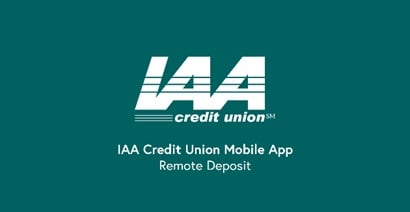
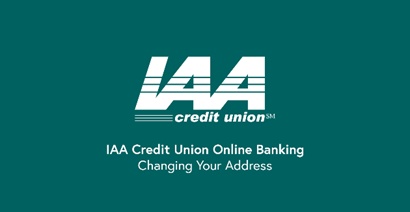
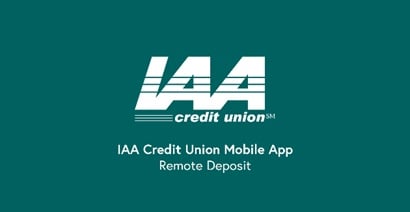

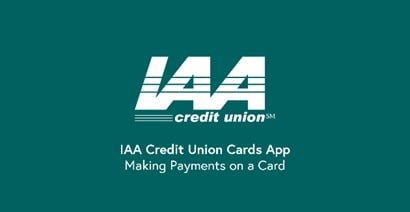
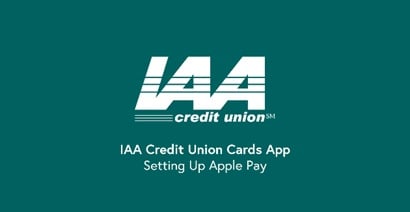
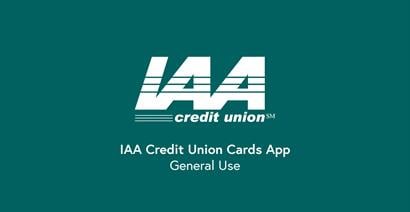

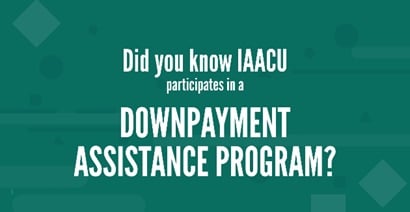

.tmb-vthumbnail.jpg?Culture=en&sfvrsn=55fe3009_1)
.tmb-vthumbnail.jpg?Culture=en&sfvrsn=adf2a6dc_2)


